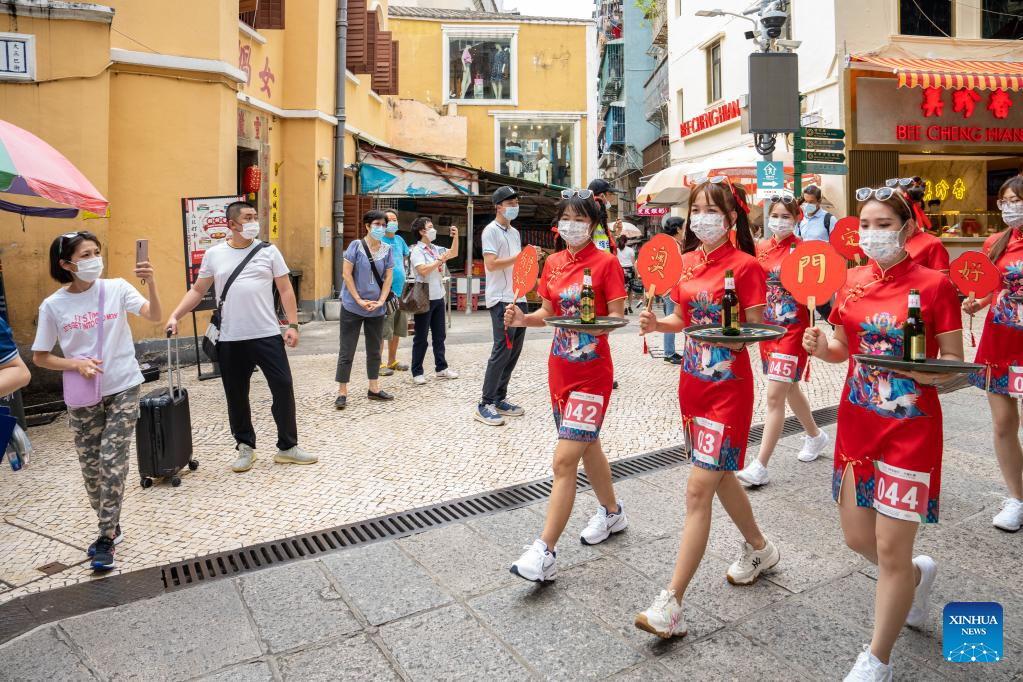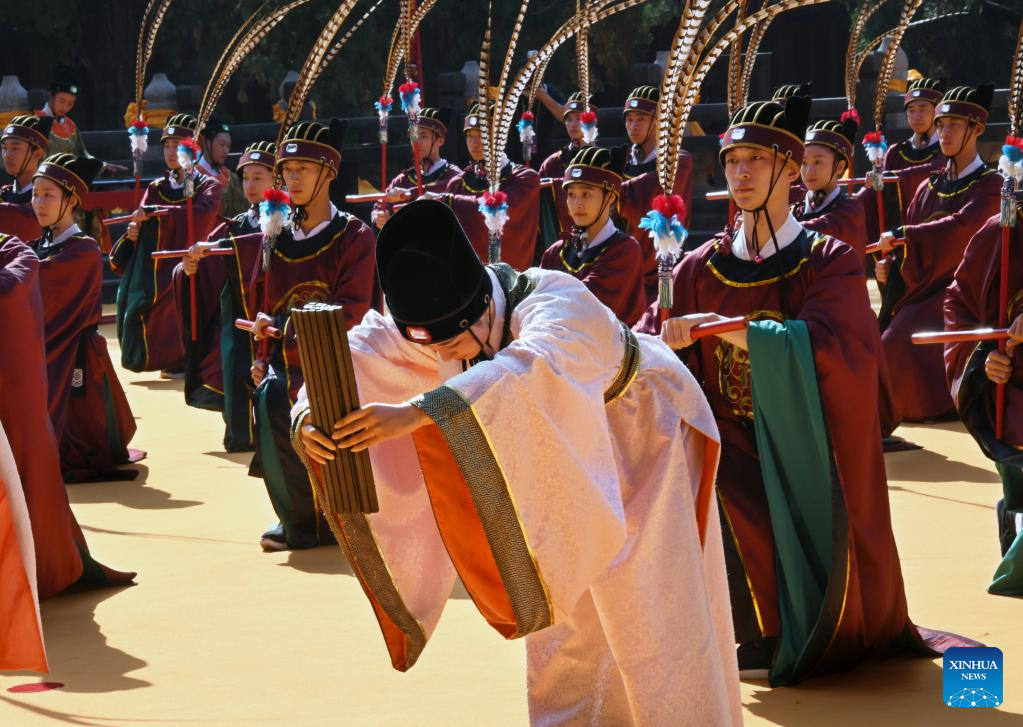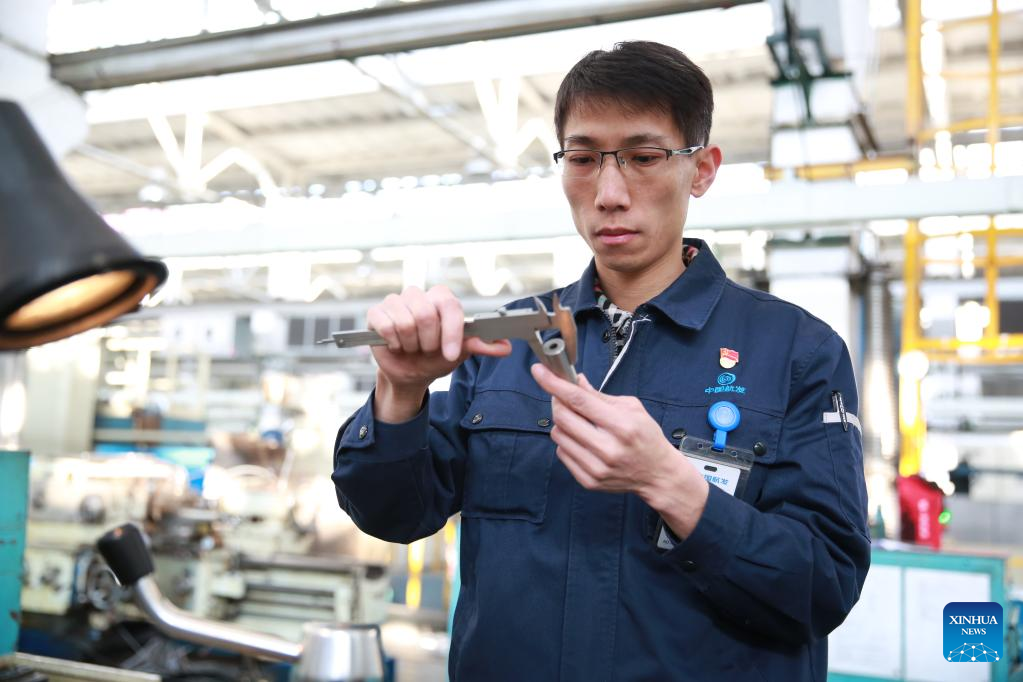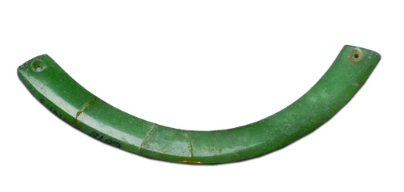
A jade ornament unearthed from Sanxing Village (Photo provided to Xinhua Daily)
Changzhou Museum has opened an exhibition on relics unearthed from Sanxingcun, or Sanxing village, a Neolithic archaeological site located in Jintan District of Changzhou City.


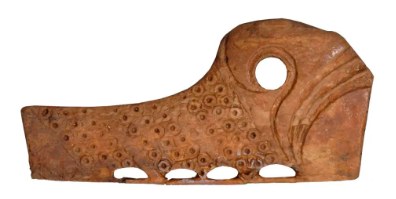
The artifacts include a remarkable stone yue (axe) and its ornaments, with intricate patterns depicting owls, crocodiles, fish, and silkworms. Archeologists believe this relic served as a ceremonial object rather than a weapon, signifying the tomb owner's power and status. It’s considered the earliest and most complete ceremonial object discovered in China to date.
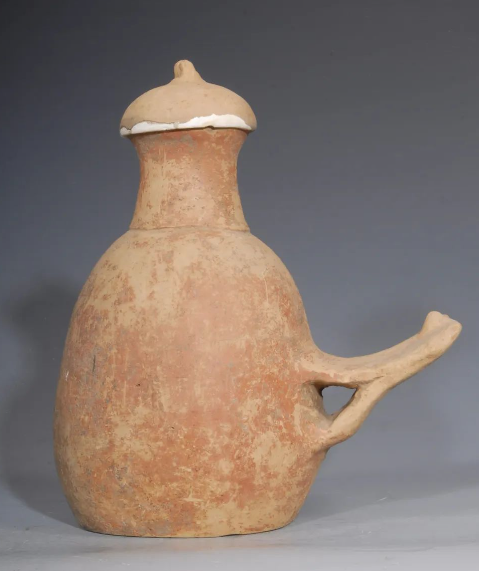
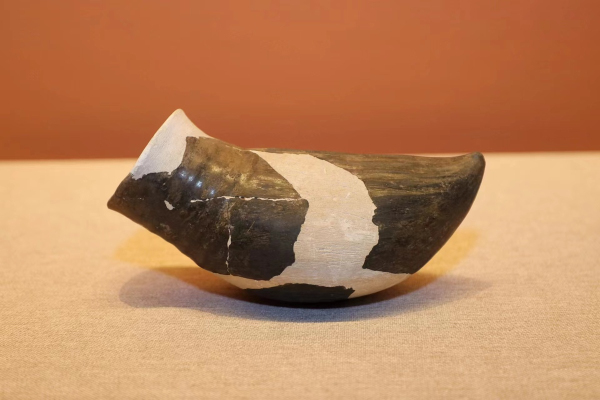
The exhibition also highlights a bird-shaped pot, indicative of ancient bird worship. The artifact boasts a polished surface and black adornment, exemplifying the advanced pottery craftmanship of the time.
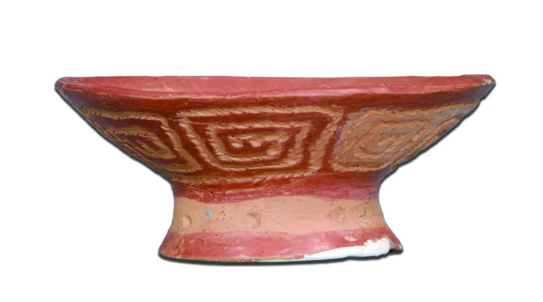
Located about seven kilometers southeast of the district’s Zhulin Town, Sanxingcun was first discovered in 1985 and then underwent archaeological investigations over six consecutive years. These efforts involved the excavation at 1,001 burial sites and the finding of over 4,000 relics, such as pottery, stone, jade and bone items.
In addition, the findings also included well-preserved human bones and carbonized rice grains dating back 6,500 years. In 2006, Sanxingcun was included on the list of major historical and cultural sites protected at the national level.

